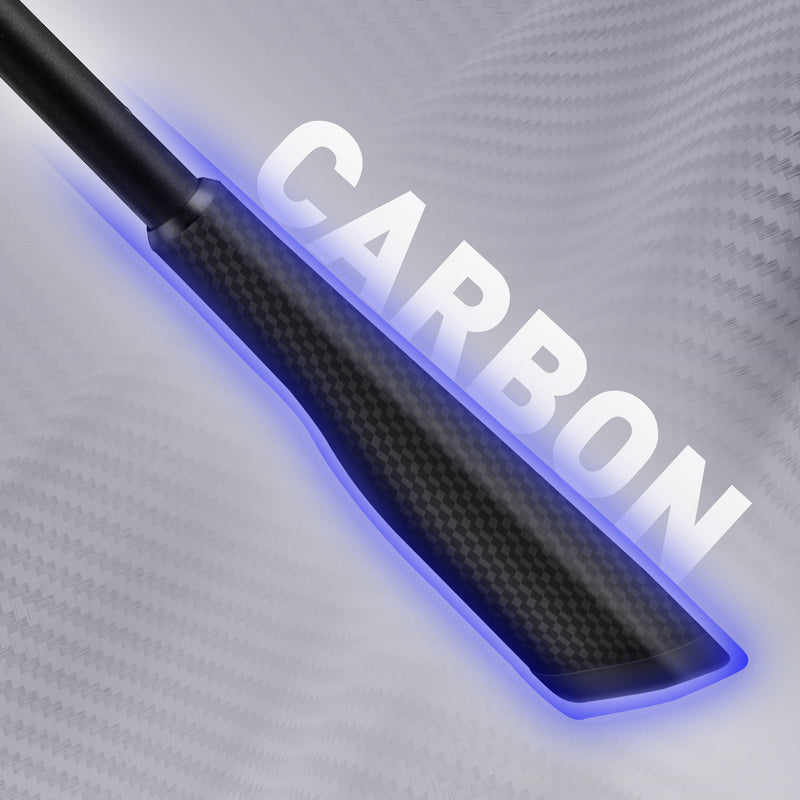Unlock the Secrets: What Makes the Perfect Bass Fishing Rod?
Choosing the right bass fishing rod is crucial for anyone looking to have an enjoyable and successful fishing experience. The right rod can significantly enhance your performance on the water, making it easier to detect bites, cast accurately, and reel in those elusive bass. A well-suited rod not only increases your chances of success but also makes the entire fishing experience more enjoyable. Whether you're a seasoned angler or just starting out, understanding the features and qualities of a good bass fishing rod will help you make an informed decision. In this article, we will delve into the intricacies of bass fishing rods, exploring their essential features and how they can elevate your fishing game.

Understanding the Basics of Bass Fishing Rods
The primary purpose of bass fishing rods is to provide anglers with the right tools to catch bass effectively. Key elements to consider when selecting a rod include length, power, and action. Rod length typically ranges from 6 to 7.5 feet, with longer rods offering greater casting distance and leverage, while shorter rods provide more control in tight spaces. Power refers to the rod’s ability to handle different line weights and fish sizes; a medium to medium-heavy power rod is often ideal for bass fishing. Action describes how much of the rod bends when pressure is applied; fast action rods bend only at the tip, providing quick sensitivity for detecting bites, while slower action rods bend further down the blank, which can be beneficial for casting lighter lures. Understanding these basics will guide you in selecting a rod that complements your fishing style.
Key Features to Look for in Bass Fishing Rods
When selecting the best bass fishing rod, several key features should be considered to enhance your fishing experience. The material of the rod plays a significant role; graphite rods are known for their sensitivity and lightweight design, allowing anglers to feel even the faintest bites. On the other hand, fiberglass rods are more durable and can handle heavier lures, making them great for tough fishing conditions. Sensitivity is crucial for bass fishing, as it enables you to detect subtle movements and bites. Additionally, the weight of the rod affects how long you can fish without fatigue. A well-balanced rod is essential, as it allows for better control and reduces strain on your wrist and arm. When these features come together harmoniously, they contribute to a more enjoyable and productive day on the water. A friend of mine, who swears by his lightweight graphite rod, often shares how its sensitivity has helped him catch more bass than ever before.
Choosing the Right Rod Based on Fishing Techniques
Different fishing techniques require different rod specifications to be most effective. For instance, if you enjoy flipping or pitching, you’ll want a rod that is shorter, around 6 to 7 feet, with a fast action and medium to heavy power. This allows for quick, accurate presentations in tight cover. If cranking is your technique of choice, a longer rod with moderate action is preferable, as it helps absorb the shock of a fish biting on a crankbait, minimizing the risk of losing the catch. For techniques like topwater fishing, consider a rod with a fast action tip to enhance sensitivity and provide better hook-setting capability. Each technique comes with its own set of demands, and selecting a rod that matches these will greatly increase your success rate. I remember a fishing trip where my buddy used a longer rod for cranking; he caught several bass, while I struggled with my shorter rod. It was a clear lesson in how choosing the right tool for the job makes all the difference.
Maintenance Tips for Bass Fishing Rods
Caring for your bass fishing rod is essential for ensuring its longevity and optimal performance. After each fishing trip, clean your rod with a damp cloth to remove dirt, salt, or any debris that may have accumulated. Pay special attention to the guides and reel seat, as these areas can accumulate grime that affects performance. Proper storage is equally important; keep your rods in a cool, dry place away from direct sunlight, and consider using rod sleeves or cases to prevent damage. Regularly inspect your rod for any signs of wear and tear, particularly at the guides and the tip. Addressing any issues early can prevent more significant problems down the line. I’ve learned from experience that a little maintenance goes a long way in preserving the quality of your fishing gear, ensuring that every trip is as successful as the last.
Maximizing Your Bass Fishing Experience
In summary, selecting the perfect bass fishing rod is pivotal for maximizing your fishing experience. Understanding the essential features, such as rod length, power, action, and material, will help you make an informed decision. Additionally, matching your rod choice to your preferred fishing techniques can significantly enhance your success on the water. Finally, routine maintenance will ensure your rod remains in top condition for years to come. As you consider your next purchase, keep these aspects in mind, and you’ll be well on your way to enjoying many successful bass fishing adventures.












